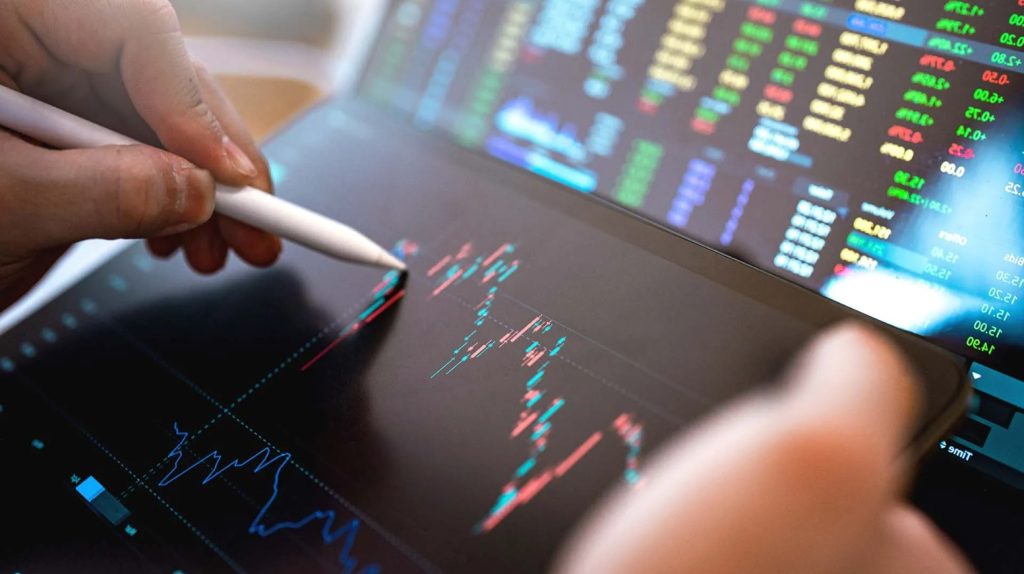
Technical analysis once thrived on the intuition of seasoned traders who spent years mastering candlestick formations and momentum oscillators. Armed with charts, volume data, and market lore, they found recurring signals amid the chaos. Yet today, a new breed of analysis is emerging—one powered not by gut instinct but by data-driven intelligence. Artificial intelligence has entered the arena, fundamentally transforming how we interpret market behavior.
The Legacy of Human-Driven Technical Analysis
Traditional technical analysis has always walked a fine line between art and science. It relies on historical price patterns, trendlines, support-resistance zones, and visual signals such as flags, triangles, and head-and-shoulders formations. Tools like RSI, Bollinger Bands, and MACD added layers of quantitative assessment, helping traders time entries and exits. But human cognition has limits. Our brains succumb to noise, anchoring bias, and overconfidence. As markets evolve with increasing speed and complexity, the static nature of traditional models struggles to keep up.
AI as an Evolutionary Leap
Artificial intelligence is not just a tool—it’s a paradigm shift. Machine learning models are fed vast oceans of historical and real-time data: tick-by-tick price feeds, macroeconomic releases, earnings transcripts, social media posts, and geopolitical developments. Neural networks don’t just remember—they learn. They adapt to changing contexts, retrain themselves with new data, and evolve their predictions based on patterns humans may never recognize.
More importantly, AI integrates structured and unstructured data sources seamlessly. Technical indicators alone rarely explain market behavior; sentiment, positioning, and hidden signals do. An AI model trained to correlate news sentiment with momentum patterns, for instance, might predict reversals with uncanny accuracy.
Redefining Signals: From Indicators to Intelligence
In this new landscape, familiar concepts are being reimagined:
- Moving averages become dynamic trend filters that adjust based on volatility clusters.
- Oscillators evolve into reinforcement learning agents that optimize entry points.
- Chart patterns morph into latent features uncovered by convolutional neural networks.
Quant firms now deploy hybrid models that use traditional indicators as “feature inputs” into ensemble learning systems. These systems output not just binary buy-sell signals but probability distributions of future price trajectories—complete with uncertainty measures and confidence levels.
Use Case Spotlight: Alpha Through Anomaly Detection
Imagine a model built to detect “micro-anomalies”—price movements that deviate from historical correlations between asset classes. When gold, equities, and TIPS diverge from their usual interrelationships, AI flags the anomaly and contextualizes it. Perhaps geopolitical tensions skew safe haven flows, or fiscal stimulus shifts inflation expectations. The trader equipped with this insight can position ahead of sentiment shifts that lag behind these signals.
The Democratization Question
AI’s rise prompts an ethical debate: Will it widen the gap between institutional quants and retail investors, or will it level the playing field? Platforms like Koyfin, Sentifi, and Numerai suggest the latter. These tools grant access to crowdsourced models, real-time sentiment scores, and explainable AI forecasts, democratizing what used to be reserved for hedge fund elites.
Risks and Caveats: Knowing the Black Box
AI is powerful, but it’s not infallible. Most models are black boxes—complex systems whose internal logic is opaque even to their creators. Traders must weigh interpretability against performance. Moreover, data quality matters. Poor input data leads to unreliable outputs, and algorithmic trading can exacerbate flash crashes if models overreact to transient signals.
Additionally, regulatory scrutiny is rising. Markets cannot be governed by machines alone, especially if their behavior becomes indistinguishable from manipulation. A responsible approach blends human judgment, ethical oversight, and transparent modeling.
Integrating AI Into Your Investment Philosophy
For investors like Francis—those who value ESG signals, alternative data, and sustainable outcomes—AI becomes a powerful tool to align performance with principle. You can build models that consider environmental disclosures alongside technical momentum, identifying firms that not only move fast, but move responsibly.
Picture this: a custom dashboard where ESG scores, insider sentiment, satellite crop yield data, and momentum indicators coexist. This multidimensional view allows you to make decisions with nuance, balancing alpha generation with long-term societal impact.
Final Thoughts: Technical Analysis Reimagined
AI doesn’t eliminate traditional analysis—it expands its frontier. It pushes beyond reactive chart-reading into predictive modeling and adaptive intelligence. The investor of the future won’t just read charts; they’ll collaborate with algorithms, asking better questions and receiving sharper answers.
So as you refine your strategy, ask not just where the market has been, but where AI thinks it’s going next. Because in this evolving financial landscape, the best signal might not be on the chart at all—it might be buried deep within the data, waiting to be decoded.
